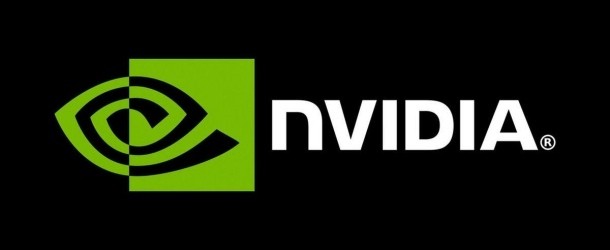Nvidia touts quantum software integrations with Google, IBM

Nvidia this week announced the largest ever simulation of a quantum algorithm, an announcement which highlighted the growing importance of such simulations in advancing quantum computing research. But the record-breaking event was just one interesting aspect of an announcement which may have implications in a number of different directions.
The company also said in a blog post that cuStateVec, the first library from its newly-released cuQuantum software development kit, is being integrated into qsim, Google Quantum AI’s state vector simulator that can be used through the Cirq Python-based open-source framework for programming quantum computers.
Nvidia also said it will have another cuQuantum integration coming next month, when cuStateVec will be ready for use with IBM’s Qiskit Aer, a high-performance simulator framework for quantum circuits.
These moves bring Nvidia into alignment with two of the major players in quantum computing this far, a big step for a semiconductor firm that has not done all that much yet in the quantum realm (its first foray being last spring’s unveiling of the cuQuantum SDK.) Nvidia also said it is working with IonQ and French start-up Pasqal, in addition to several national laboratories.
Nvidia’s biggest rivals–Intel, AMD and TSMC–have not made very many quantum-related moves yet either, though AMD filed a patent application related to look-ahead teleportation a couple of months ago. For the most part, they have been saying and posting all the right things in support of quantum computing’s evolution, but have not detailed or recently discussed their quantum processor roadmaps.
Not that they need to rush quantum processors into production. IQT Research has noted that the quantum processor market will be relatively small in the coming years, reaching only about $200 million in revenue in 2026.



















